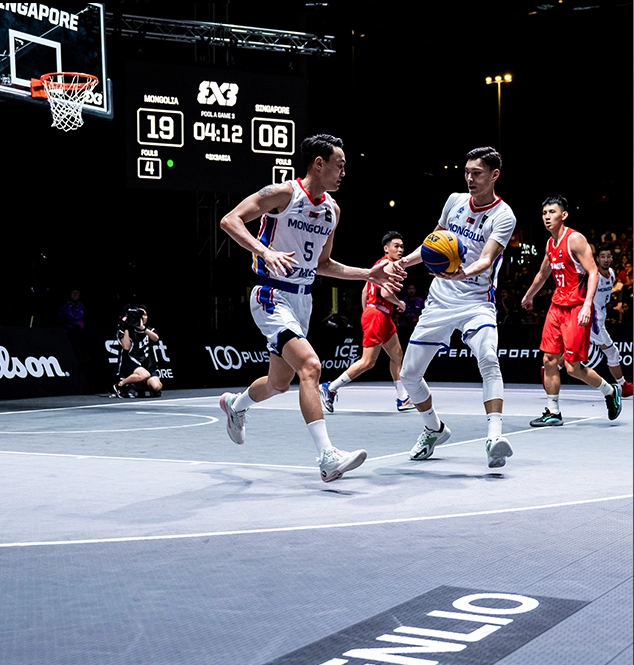Nov . 22, 2024 13:48 Back to list
types of basketball court flooring
Types of Basketball Court Flooring
Basketball is one of the most popular sports globally, played on courts that come in various designs and materials. The flooring of a basketball court plays a crucial role in the performance of the game, impacting both players and the overall playing experience. Here, we explore the different types of basketball court flooring, each with its own advantages and considerations.
Hardwood flooring is the traditional choice for professional basketball courts. It's made from solid wood, most commonly maple, known for its durability and excellent shock absorption. Hardwood courts provide consistent ball bounce and traction, making them ideal for competitive play. They are easy to maintain, but they may require refinishing over time to maintain their smooth surface and appearance. This type of flooring is commonly found in gyms and arenas hosting professional games, as well as in high schools and colleges.
2. Synthetic Flooring
Synthetic materials, such as polyurethane or polyester, have gained popularity as an alternative to hardwood. These surfaces are designed to mimic the characteristics of wood while offering additional benefits like moisture resistance and lower maintenance requirements. Synthetic floors can be engineered to provide specific levels of shock absorption and traction. Additionally, they come in various colors and designs, allowing for customization. They are often used in multi-purpose facilities due to their versatility and durability.
types of basketball court flooring

3. Modular Flooring
Modular basketball flooring systems are composed of interlocking tiles made from high-density polyethylene or other synthetic materials. These tiles can be installed quickly and easily, making them a popular choice for temporary setups, such as outdoor courts or events. Modular floors offer good traction and are designed to withstand the elements, making them ideal for outdoor leagues or community parks. The easy installation and portability are significant advantages, but they may not provide the same level of performance as hardwood in professional settings.
4. Rubber Flooring
Rubber flooring is another option that’s gaining traction, especially in recreational facilities. It offers excellent shock absorption and is resistant to wear and tear. Rubber surfaces can reduce the risk of injuries by providing a softer landing for players. They are also very easy to clean and maintain. However, rubber flooring may compromise ball bounce and speed compared to hardwood or synthetic alternatives, making it more suitable for casual or recreational play rather than competitive events.
In conclusion, the choice of basketball court flooring depends on various factors, including the level of play, maintenance preferences, and budget considerations. Each type of flooring has its unique benefits and drawbacks, making it essential for facility managers and players to choose wisely based on their specific needs. Whether opting for the classic hardwood, modern synthetic, convenient modular, or practical rubber, the right flooring can greatly enhance the basketball experience.
-
Premium Outdoor Tennis Court | Durable & Weather-Resistant
NewsAug.03,2025
-
Wood Sports Flooring Enhanced by GPT-4-Turbo | Top Performance
NewsAug.02,2025
-
Sport Court Tiles with AI Innovation | Durable & Safe
NewsAug.01,2025
-
Vinyl Carpet Flooring | Durable & Waterproof Design
NewsJul.31,2025
-
Premium Basketball Board Stand with GPT-4-Turbo AI
NewsJul.31,2025
-
Premium Maple Flooring for Gyms & Homes | PVC & Vinyl Options
NewsJul.30,2025

